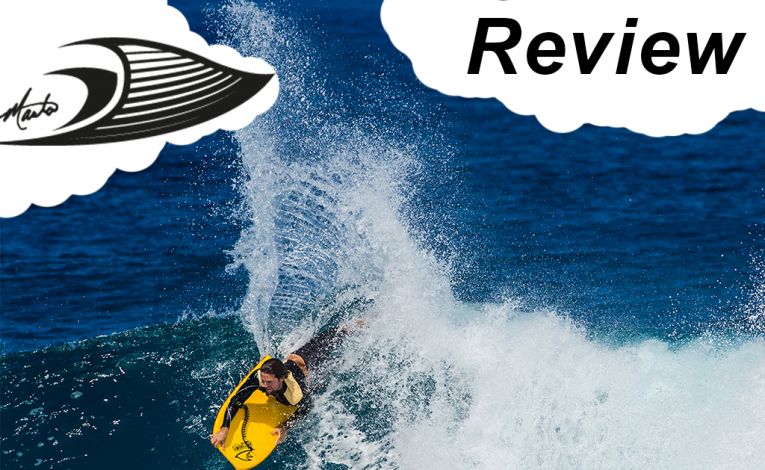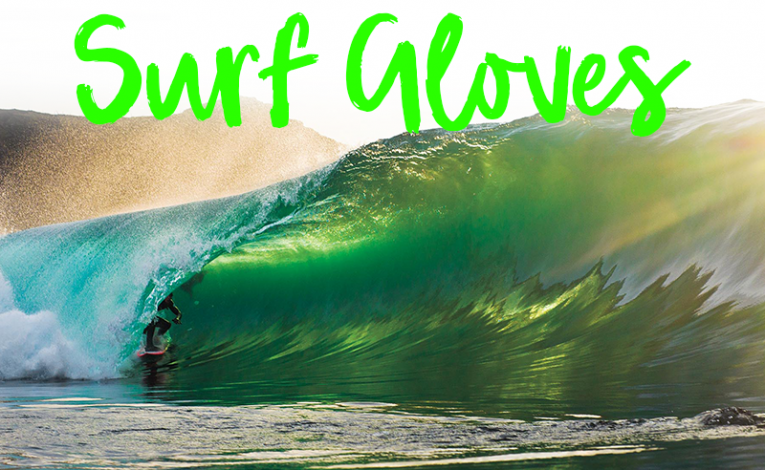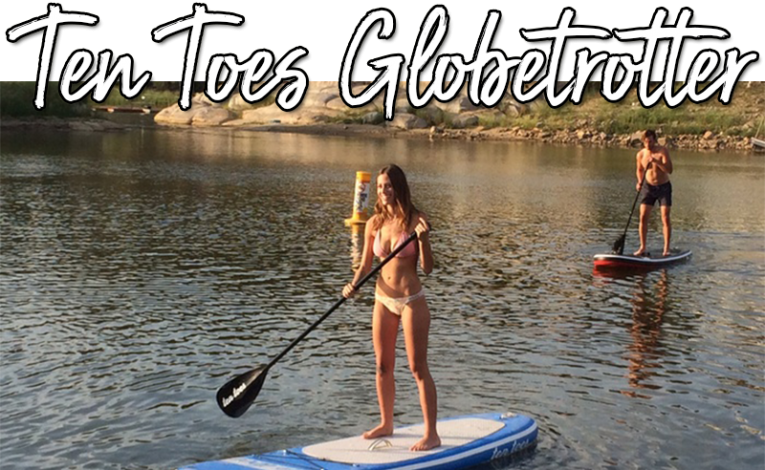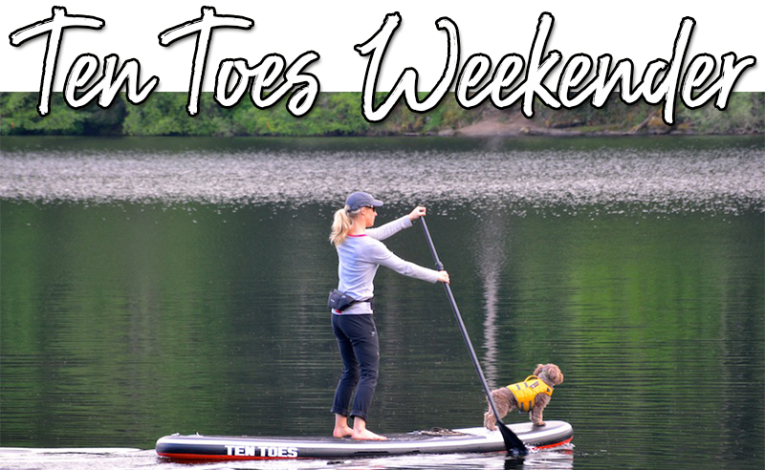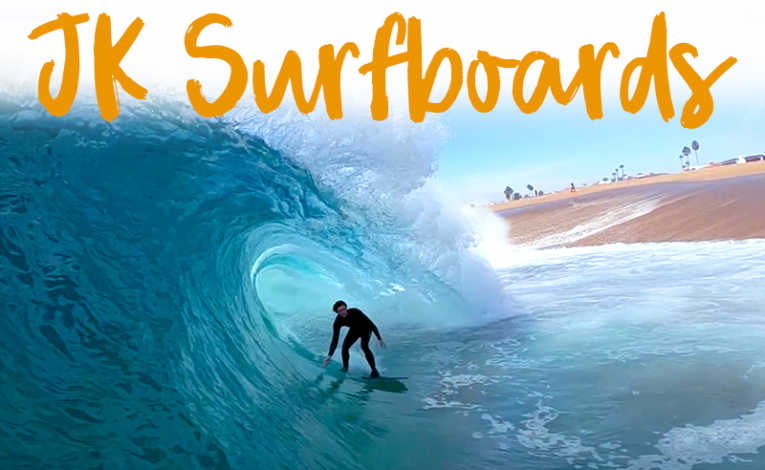How To Read A Tide Chart
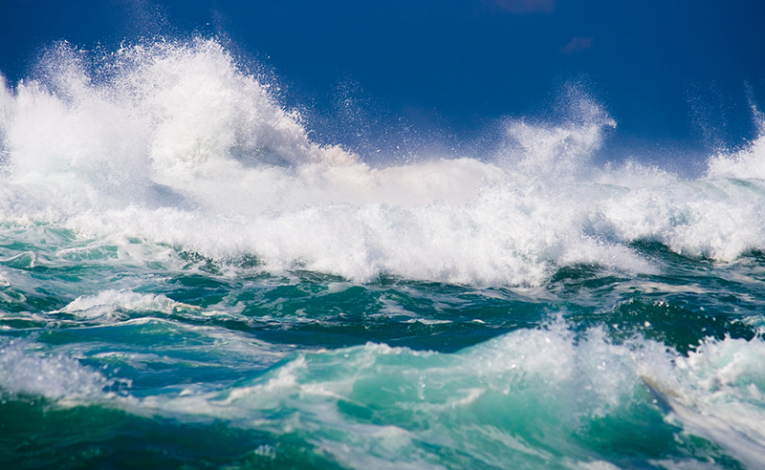
If you are a surfer, diver, or lover of the beach, you most likely already have a solid understanding of how the tide moves, as tides can have a major impact on how you perform your beach activities.
Unfortunately, not all of us know how to read a tide chart with accuracy.
Knowing how to utilize the information on a tide chart can make your days spent on the water much more enjoyable, as you can predict when the best times to go out are.
What Creates Tides
Before we dive into the world of tides, let’s make sure you have a basic understanding of tides and how they are made.
In definition, tides are how the sea levels rise and fall. They are in constant motion because of the gravitational push and pull of the sun, as well as the rotation of the Earth. There are two different types that can occur based on the positions of the sun and moon: Neap Tides and Spring Tides. Neap Tides are created when the moon is positioned at a right angle between the Sun and Earth. Spring Tides are created when the moon is aligned between the Sun and the Earth.
The tides will change twice almost every day as the gravitational force of the moon moves from low to high. This can influence the height and power of the waves. As the moon gets closer to the Earth, the tides will become higher. When it is furthest, they are lower. While this information is all fine and dandy, it doesn’t really help with understanding how the tides will affect YOU!
Reading the Tide Table
Not all tide charts are formatted the same, though most will still have the same basic information. You’d be pressed not to at least have the date, time, and height, for the multiple high and low tides throughout the day.
So to begin, the first thing you must do is find the proper location and date.
Next, you move onto understanding chart datum.
Chart Datum
Chart datum is the average of high and low tide heights. This is similar to the ways sailors will measure ocean depth. Tide charts will read the true water depth at a specific time and add it to the Chart Datum. Once it’s added, it will be grouped with the other true depths to create an average.
High and Low Tide Information
The largest number on a tide chart is the high tide number. Some charts even make it more obvious by putting a “+” sign in front of it. This Chart Datum number will give you the height of the tide at its greatest point during the day or night. Low tide, on the other hand, will be expressed as a small or even negative number. If the number is negative, that means that the low tide is below the average low point.
Some charts will even go as far as giving you a graphical representation, showing wave highs and lows with a picture similar to wave. The heights will be expressed in meters and feet. These types of charts are catching on more and more these days with new technology that is able to display things in a more picturesque fashion.
Reading the Time
The next thing you need to understand is the time. Times listed are most likely in military time, so being absolutely certain that you’ve differentiated morning and evening tides is crucial. Military time moves forward after noon. Instead of 2:00, you’ll see 14:00, as noon plus 2 hours is 14.
Reading the Interval
Some tide charts will give you the interval of the waves. The interval is the number of seconds on average that it takes for waves to hit a certain marker. These markers are typically in the form of offshore buoys. Shorter intervals are very gentle and are great for recreational activities like swimming, while longer waves create larger swells and are great if you’re looking for some solid surfing waves.
Understanding How Tides Relate To Your Region
Eventually, you’ll start to recognize a pattern at your local breaks. For the most part, tides will take about 6 hours to get from their highest to lowest points, and then 6 more hours to get back up to the highest point again.
Semidiurnal tides, for example, rise and fall twice each day. Many east coast US beaches have semidiurnal tides, making predicting the heights much easier. On the other hand, some regions have mixed tides, such as a variety of west coast US beaches. These tides can have heights that vary greatly throughout the day, meaning one high tide can be much higher than the one right before. In a few special places, like the Gulf of Mexico, you only get one low tide and one high tide a day.
What to do with Different Tide Levels
High tide is best for boating, as many dangerous obstacles like reefs, rock, or sand bars, are covered up. Obviously you’ll still need good depth, though high tide is a great marker. Kayaking is also perfect for high tide situations, as taking off is much easier.
High or Medium Tide is perfect for surfing depending on where you are. Low tide can be dangerous, as rocks or reef can be exposed. If the tide is too high, waves will break too close to shore.
If you’re a beachcomber, low tide is your best friend. This is the best time to go out to local tide pools to see marine life and possibly find yourself some once covered treasure.
Must Know Tide Lingo
Current: The movement of the waves caused by the tides
Flood: An incoming tide, aka high tide
Ebb: An outgoing tide, aka low tide
Slack: The length of time between low and high tide or vice versa
Semi-Diurnal Tides: Tides cycles that occur twice a day
Diurnal Tides: Tide cycle that occurs once a day
Mixed Tide: An uneven mix of high and low tide cycles that occur twice a day
Frequently Asked Questions
Is Everything the Same Between a Tide Chart and a Tide Watch?
If you had to choose one way to get your tidal information, we would highly recommend a tide watch. They’re great because you can keep them on you while you’re in the water and get all of your information in real time. Different tide watches will provide different kinds of information though, and you typically won’t get one that’s as thorough as a tide chart unless you spend good money.
Many high-end tide watches come with built-in features like digital compasses, moon phase information, and atmospheric pressure data. Some come with graphical representation of the tides while others give you simple numbers. It’s up to you how much information you truly need!
How does the tide affect surfing?
Different tides can give surfers the ability to surf spots that they may not usually be able to surf at. If a tide is too high above the sandbar, it can crash too close to the shoreline, making surfing extremely dangerous. Some tides can also create currents that are very strong, and if you’re a surfer without much experience, you don’t want to get caught in a nasty current.
Another important aspect regarding surfing is the ability to know how to read a surf report.
How does the tide affect fishing?
Tides not only affect where you can fish, but also where the fish will be. For example, a tide that is incoming can bring in tiny fish that are looking for small bits of food sprinkled along the rocks or next to piers. On the other hand, the larger fish that fisherman dream of, wait for the tide to back out, as it brings those tiny fish along with it. They’re then able to hunt, and in turn, we’re able to hunt them.
Where can I find some free tide charts?
You’re best bet for finding some accurate tidal information is visiting
You can find your location through latitude and longitude, as well as station number in your city. The readings are very accurate and are updated in real time.
If you want a mobile-friendly application, we recommend checking out “Tides Near Me”. It’s a wonderful, user-friendly app that gives you tidal information based off of your current location.


